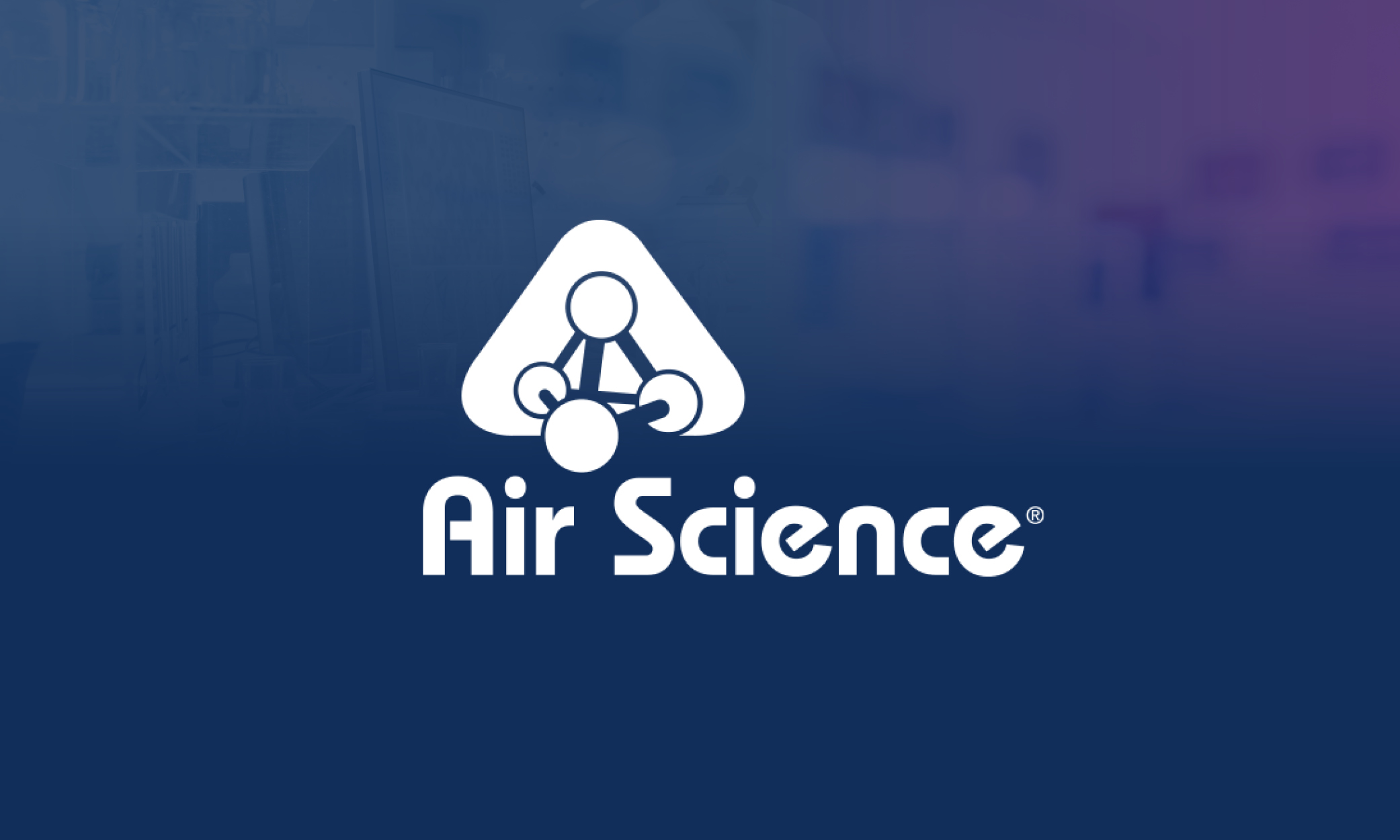
What are Narcotics?
Nacotics include a wide range of drugs and can be partially or entirely synthesized. Narcotics can be man-made without the need for cultivation and harvesting of plants.
Safety Recommendations for Those at Risk
The increased abuse of narcotics is not only devastating the population, but present a real danger for first responders, law enforcement officers, medical professionals, mail handling employees and forensic lab technicians. Training, situational awareness and constantly evolving best practices can help mitigate risk of exposure to these chemicals, and properly treat those that might become accidentally exposed.
Narcotics can be found in different forms (powder, tablets, etc.) that can appear completely benign on the initial assessment of the scene. The most likely method of exposure that leads to adverse effects is the inhalation of powder or residue; however, the most likely exposure method first responders and law enforcement officers will encounter is physical skin contact. Personal protective equipment is extremely effective at limiting exposure risk when first responders arrive on-scene.
If first responders and law enforcement officers suspect the presence of highly-potent prescription pain relievers at the scene, they should take the following steps to help avoid exposure:
- Use a properly fitted respirator and goggles to help avoid inhalation or contact from visible particles in the air.
- Wear impermeable gloves when handling any evidence, touching victims’ skin or moving debris to gain better access.
- Avoid any action that may cause suspected dust to become airborne. This can be something as simple as opening a door quickly or even turning on a fan to clear smoke. Always be aware of the potential for airborne particles.
- Follow departmental guidelines for areas that appear to contain high levels of narcotics (this often involves higher levels of PPE be worn and special decontamination methods followed).
What Can I do if I am Exposed?
If you suspect you have been exposed to a narcotic, prevent further exposure and immediately notify dispatch and other first responders.
- Be careful to not touch your eyes, mouth or nose, as these are key absorption areas.
- Avoid using hand sanitizer as this can speed absorption through the skin.
- Wash the skin with copious amounts of cool water and soap, being especially thorough prior to eating or drinking, smoking or using the restroom.
Narcotic Containment Products
Purair® SafeSEARCH
The Purair SafeSEARCH ductless containment enclosure from Air Science is specifically designed to protect technicians, public service workers, and other high-risk employees from particulates and unknown powders.
Purair RX Ductless Balance Enclosures
Designed to protect users and the environment from hazardous powders and particulates, the Purair RX Balance Hood is a Class I enclosure that meets USP 800 requirements for non-sterile compounding procedures.
Drugkeeper Storage Cabinets
Air Science Drugkeeper storage cabinets can be used for short-term storage of hazardous chemicals and substances typically associated with drug investigations.
Custom Solutions
As the prescription painkiller crisis continues to grow, with new forms of narcotics being introduced, your evidence collection and drug identification and analysis needs will change. In addition to our standard laboratory equipment and filtration product lines, we provide custom engineering to meet your specific application needs. Contact us to learn more.
Resources

Ebook: Protect Against Fentanyl Exposure



Defend Against Narcotics During Package Screening

Narcotics Safety: Recommendations for First Responders
